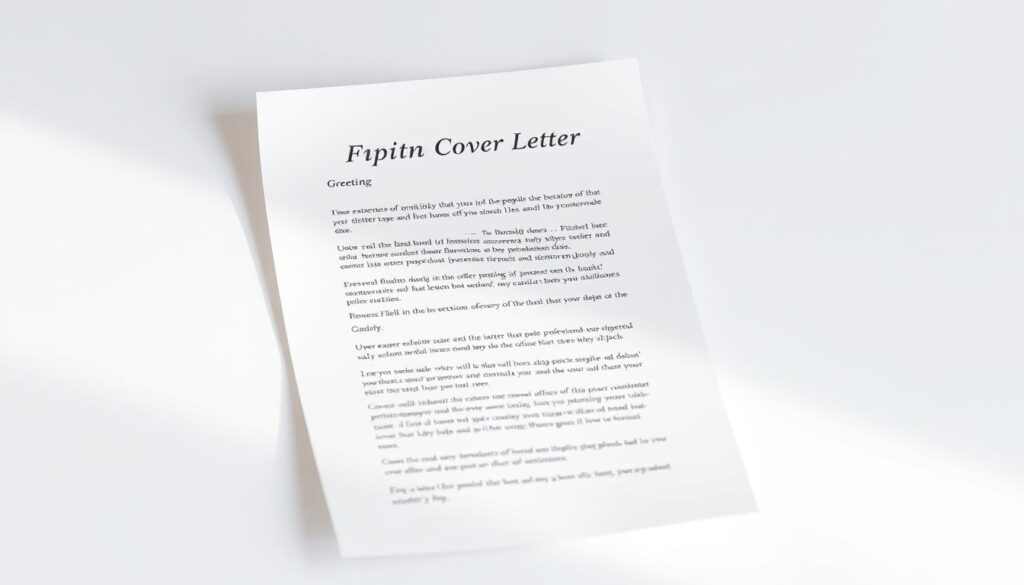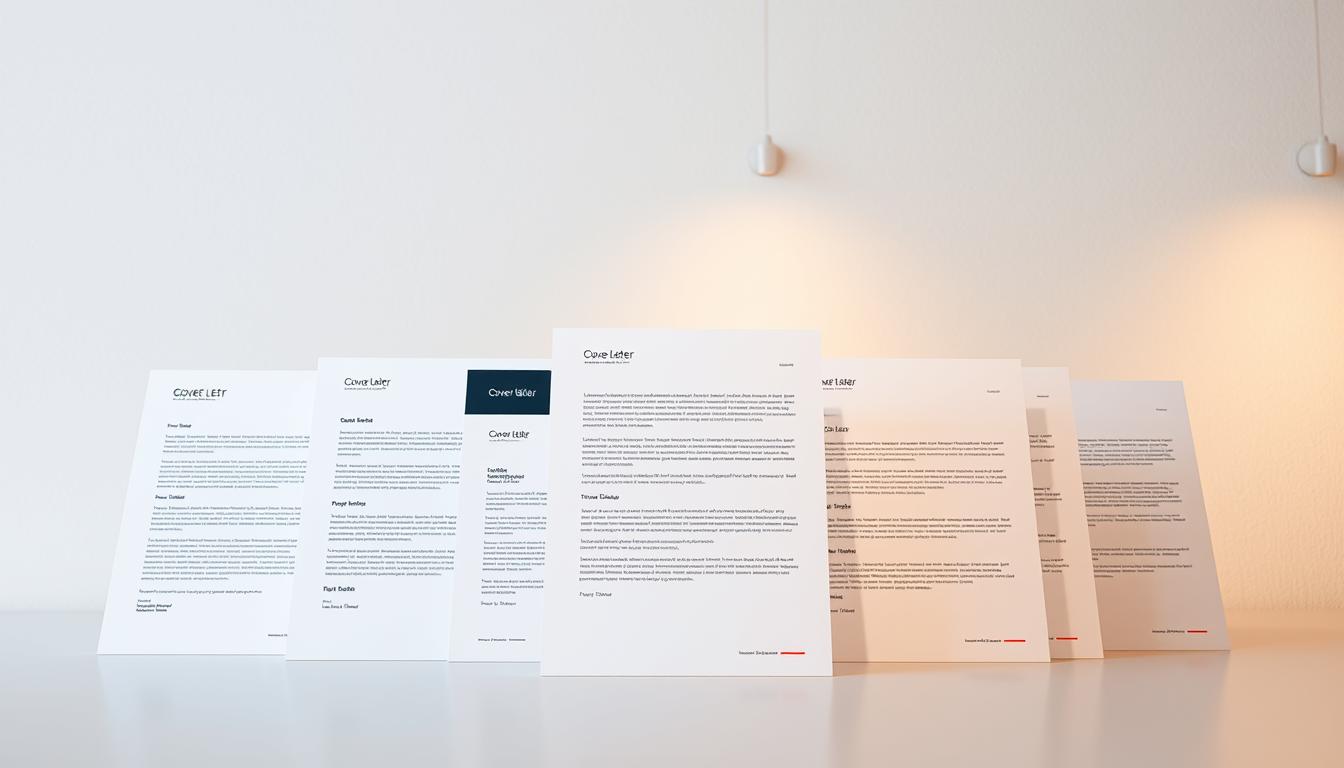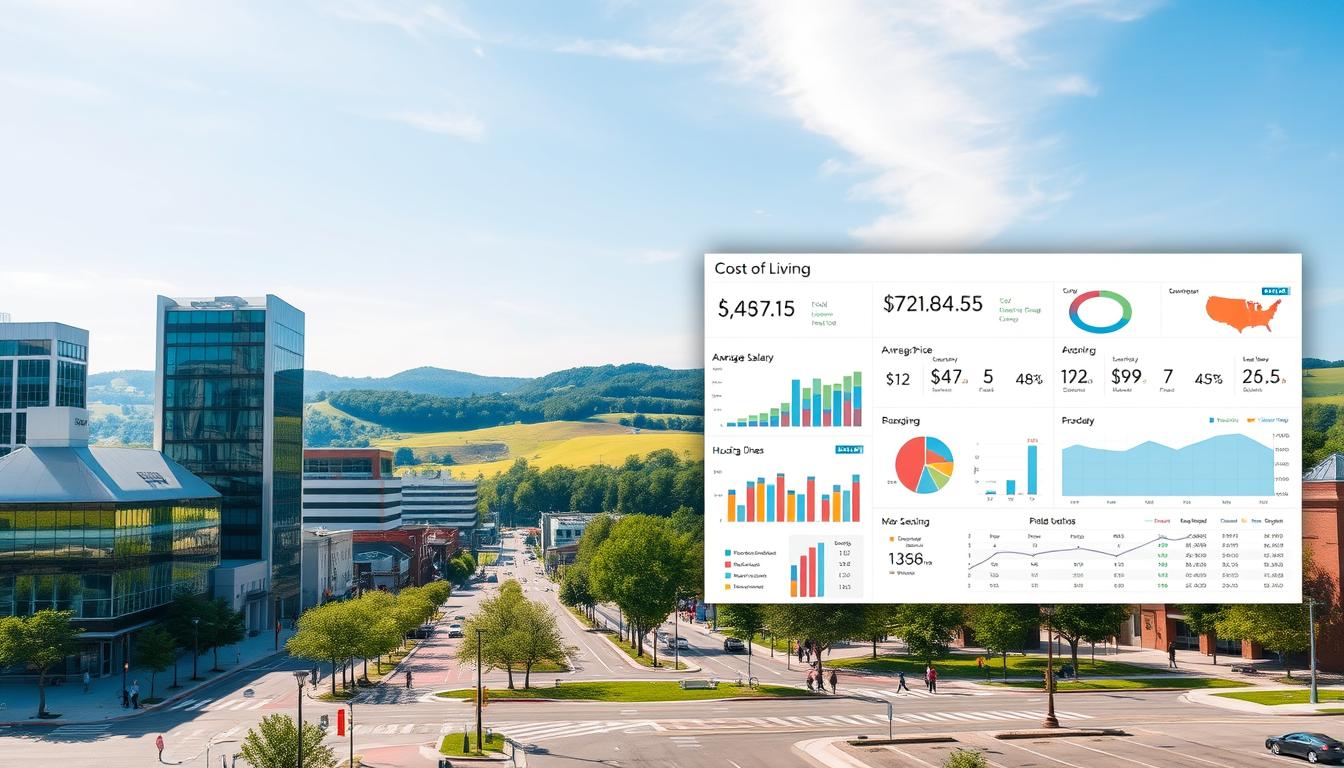Your application materials need to stand out in competitive job markets. While resumes list your experience, a well-crafted document that complements it can highlight achievements that numbers alone can’t convey. This guide delivers eight actionable templates designed for specialists aiming to secure roles in evolving industries.
Each template focuses on specific scenarios, from digital campaign leadership to revenue growth strategies. You’ll see how top candidates quantify results—like boosting client acquisition by 25% or streamlining sales cycles. These examples avoid generic phrases, instead using industry-specific language that resonates with hiring teams.
For instance, a business marketing cover letter example demonstrates how to frame measurable outcomes, such as expanding market reach or improving conversion rates. Similarly, leadership-focused roles benefit from templates emphasizing team mentorship, like those found in this professional director resource.
Key Takeaways
- Learn to structure your document for clarity, using headers and concise paragraphs
- Discover how to highlight quantifiable wins without overcrowding the page
- Adapt your tone to match roles like social media strategy or B2B sales management
- Replace overused phrases with fresh, role-specific terminology
- Follow formatting best practices for margins, spacing, and file types
Understanding the Role of a Professional Marketing And Sales Cover Letter
Think of this document as your personal pitch deck. Unlike resumes that list qualifications, it’s where you connect achievements to employer needs. For client-facing roles, this becomes your first test in persuasion.
Purpose and Impact on Your Application
This isn’t just a formality—it’s proof you can craft messages that convert. Employers in client-driven fields want to see how you analyze audiences and adjust tone. One candidate increased interview requests by 40% by mirroring the company’s campaign voice.
Your writing sample also reveals problem-solving skills. Mentioning a client’s 30% retention boost shows you prioritize outcomes, not just tasks. Research confirms tailored documents improve callback rates by up to 50% for roles requiring persuasion.
The Unique Demands of Marketing and Sales Roles
Every sentence must demonstrate commercial awareness. Highlighting how you identified a market gap for a previous employer proves strategic thinking. Quantify results like “expanded pipeline by 22%” to mirror how teams measure success.
Structure matters here. Start with a hook about the company’s goals, then align your wins to their challenges. For example: “Your expansion into SaaS aligns with my experience streamlining onboarding processes, reducing churn by 18%.” This approach mirrors consultative selling techniques.
Key Structural Elements of an Effective Cover Letter
A well-structured document guides hiring managers through your qualifications efficiently. Let’s break down the essential components that make your message impossible to ignore.

Header and Contact Information
Start with a clean header containing your full name, phone number, and professional email. Include your LinkedIn profile and city/state—this matches resume formatting and simplifies outreach. One candidate saw a 30% faster response rate by using a simple cover letter template that aligned with their resume’s design.
Crafting a Compelling Introduction
Hook readers in two sentences or less. Lead with a quantifiable win: “Drove $1.2M in annual SaaS renewals” outperforms vague statements. This approach mirrors how sales teams prioritize ROI—show you speak their language.
Body Sections and Impactful Closings
Connect your experience to the company’s challenges. For example: “My lead generation strategies reduced customer acquisition costs by 18%—a priority I noticed in your recent earnings report.” Close with a specific request, like scheduling a discussion about scaling their regional sales efforts.
Always address the hiring manager by name when possible. If unsure, “Dear [Team Name] Leader” works better than generic salutations. This subtle customization shows you’ve researched their organizational structure.
Personalizing Your Cover Letter for Maximum Impact
Tailoring your document shows recruiters you’ve invested time to understand their needs. Start by researching the team’s structure—this demonstrates initiative competitors often skip. One applicant secured an interview by referencing the exact CRM tool mentioned in the job description.
Addressing the Hiring Manager by Name
Find decision-makers through LinkedIn or company directories. If unsure, call reception with a polite request: “Could you confirm who oversees sales role hiring?” This approach outperforms generic “To Whom It May Concern” by 63% according to cover letter effectiveness studies.
Adjust your greeting based on prior interactions. Use first names if you’ve connected at events, but stick to formal titles for cold applications. This balance maintains professionalism while showing familiarity.
Tailoring Your Tone and Message
Analyze the company’s recent blog posts or earnings reports. Mirror their language when describing achievements. For example, if they emphasize “customer-centric solutions,” highlight how you boosted client retention rates by 19%.
Align your closing statement with their current priorities. A candidate targeting a SaaS role wrote: “I’d welcome discussing how my upselling strategies could support your Q3 expansion goals.” This specificity makes your value proposition unforgettable.
Showcasing Your Proven Track Record and Achievements
Numbers speak louder than claims in competitive hiring processes. Employers need clear evidence of your ability to deliver results. Focus on measurable outcomes that align with their priorities, using precise data to validate your expertise.

Incorporating Quantifiable Metrics
Start by selecting three career highlights that align with the job description. For example:
- “Boosted email campaign click-through rates by 27% within 6 months”
- “Reduced customer acquisition costs by $18 per lead through targeted ad optimization”
Use percentages and dollar amounts to create instant credibility. One applicant secured a director role by stating they “increased quarterly upsell revenue by 150%” using client feedback analysis.
Using Narrative to Highlight Key Successes
Frame achievements as problem-solving stories. Describe a challenge, your action, and the measurable outcome. For instance:
“Identified declining engagement in loyalty programs → redesigned tiered rewards system → grew repeat purchases by 34% in Q2”
This structure shows strategic thinking while keeping focus on results. Avoid vague terms like “helped” or “participated in”—replace them with active verbs like “spearheaded” or “optimized.”
Prioritize recent accomplishments that demonstrate growth. A candidate improved callback rates by 40% by leading with “Expanded enterprise client base by 22% annually” instead of listing generic responsibilities.
Tailoring Your Cover Letter to the Job Role
Customizing your application materials shows employers you’re invested in their success. Start by dissecting the job description to identify priority skills and required qualifications. Look for repeated phrases like “client retention” or “CRM implementation”—these signal what matters most.
Researching Company Culture and Needs
Dig into annual reports and press releases to understand organizational goals. If a tech firm emphasizes AI integration, mention your experience optimizing workflows with automation tools. One candidate landed interviews by referencing a specific product launch mentioned in the company’s blog.
Analyze competitors’ strategies to demonstrate market awareness. For example: “Your recent expansion into healthcare aligns with my success increasing med-tech client retention by 28% at [Previous Employer].” This approach positions you as someone who understands industry challenges.
Aligning Your Experience with Job Requirements
Connect your achievements directly to the role’s responsibilities. If the position requires lead generation, highlight how you “boosted qualified leads by 19% using targeted LinkedIn campaigns.” Use exact terminology from the job posting to pass applicant tracking systems.
Address unspoken needs by researching team structures. A sales marketing cover letter sample shows how to link CRM expertise to reduced onboarding times. Always quantify results—numbers prove you deliver measurable value.
For deeper guidance on crafting effective business documents, focus on three core areas: employer priorities, verifiable outcomes, and strategic keyword placement. This trifecta makes your application impossible to overlook.
Leveraging RoboApply to Enhance Your Cover Letter
RoboApply transforms how you create and optimize application materials. Its AI-powered toolkit streamlines every step, from drafting to submission, ensuring your documents meet modern hiring standards. Let’s explore how these features give you a competitive edge.

Utilizing the AI Resume and Cover Letter Builder
The platform’s builder generates tailored content in seconds. Input your target role and industry—it crafts persuasive narratives highlighting relevant achievements. One user reported cutting prep time by 70% while maintaining personalized messaging for each application.
This tool adapts to specific requirements, whether you’re applying for client-facing roles or leadership positions. It suggests power verbs and quantifiable metrics, helping you introduce yourself effectively without sounding generic.
Improving Grammar and ATS Optimization
RoboApply’s grammar checker scans for errors that might undermine your credibility. More importantly, its ATS optimizer evaluates keyword density and formatting. You’ll see real-time feedback on how well your document aligns with recruiter search patterns.
The Chrome extension accelerates mass applications while preserving customization. Track responses through the job dashboard and use CRM tools to manage recruiter relationships. After submission, the interview coach prepares you for next-stage conversations using insights from your application history.
Using Data-Driven Examples to Stand Out
Concrete numbers transform claims into credible evidence. Employers prioritize candidates who present verifiable results over vague promises. Start by selecting metrics that align directly with the role’s core objectives.
Embedding Tangible Achievements
Showcase a 25% expansion in market reach by detailing the strategies used—like optimizing ad spend or refining audience segmentation. For instance: “Redesigned targeting parameters increased qualified leads by 19% within 90 days.”
Highlight productivity gains with exact figures. One applicant secured interviews by stating they “boosted team output by 30% through CRM automation,” directly tying tools to outcomes. This approach works for roles requiring technical proficiency.
Monetary impacts make your value undeniable. Mention specific amounts: “Generated $500,000 in upsell revenue” proves you understand profit drivers. Pair this with percentages like 150% ROI to show efficiency.
Use data analyst examples as inspiration for presenting complex metrics clearly. For client-facing positions, link achievements to business growth: “50% surge in page views translated to 12% more demo requests.”
Always connect numbers to employer priorities. A sales resume guide demonstrates how to align revenue increases with role requirements. Quantify everything—it’s the language hiring teams trust.
FAQ
How do I find the hiring manager’s name if it’s not listed?
Check LinkedIn or the company’s “About Us” page for leadership roles. If unavailable, use “Dear [Department] Hiring Team” to maintain professionalism while addressing the group responsible for recruitment.
Should I mention certifications like Google Analytics in my cover letter?
Yes, but only if they directly align with the job requirements. Pair certifications with examples of how you’ve applied those skills to drive results, such as “Certified Google Analytics Professional with 3+ years optimizing campaigns to reduce CAC by 22%.”
How specific should I be when discussing sales achievements?
A> Quantify outcomes with exact figures and timeframes. Instead of “improved revenue,” write “Grew Q4 SaaS renewals by 37% through targeted upselling strategies, exceeding team quotas by 18%.” Use percentages, dollar amounts, or growth rates to add credibility.
Can RoboApply’s AI tools help format my cover letter for ATS systems?
Absolutely. RoboApply’s builder analyzes job descriptions to prioritize keywords like “lead generation” or “CRM optimization,” ensuring your letter passes applicant tracking systems while maintaining natural language flow.
How do I balance confidence with humility when discussing my track record?
Frame achievements collaboratively. Example: “Collaborated with cross-functional teams to redesign HubSpot workflows, reducing lead response time from 48 to 6 hours – a change that increased conversion rates by 29% in 90 days.”
Is it worth mentioning non-sales/marketing experience in my cover letter?
Only if those skills transfer directly. A former teacher applying for sales training roles might highlight “5 years coaching teams to master complex curricula, resulting in 95%+ program completion rates.”


















